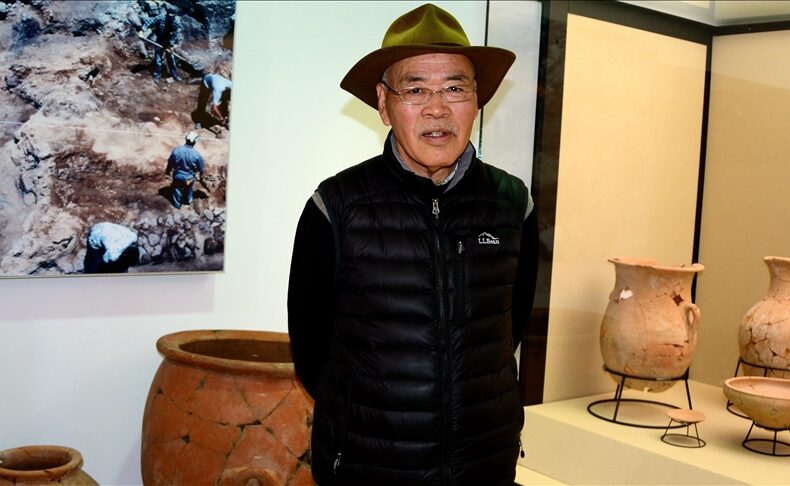
In Memory of Dr. Sachihiro Omura: A Life Devoted to Anatolia
Dr. Sachihiro Omura, a renowned Japanese archaeologist and one of the key figures in fostering academic and cultural ties between Japan and Türkiye, passed away in Kırşehir. With over five decades of dedication to Anatolian archaeology, Omura left behind an extraordinary legacy. A Scholar’s Journey from Japan to Türkiye Born in Japan in either 1948
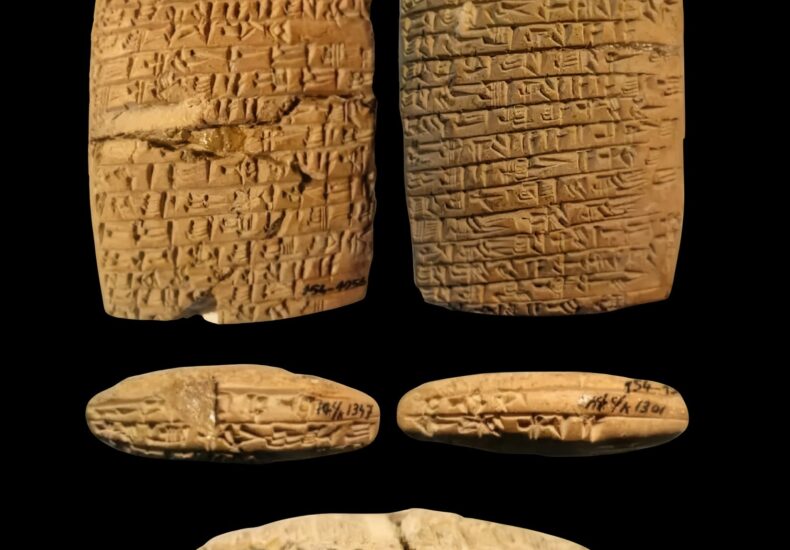
A 4,000-Year-Old Will from Kayseri’s Kültepe: “No Furniture Shall Leave the House.”
“No furniture shall leave the house.”This phrase, inscribed in cuneiform on a clay tablet found at Kültepe (ancient Kaniš), might not sound unfamiliar to the modern legal ear. But its true weight becomes clear when one learns that it dates back to around 1900 BCE—making it one of the earliest known examples of a written
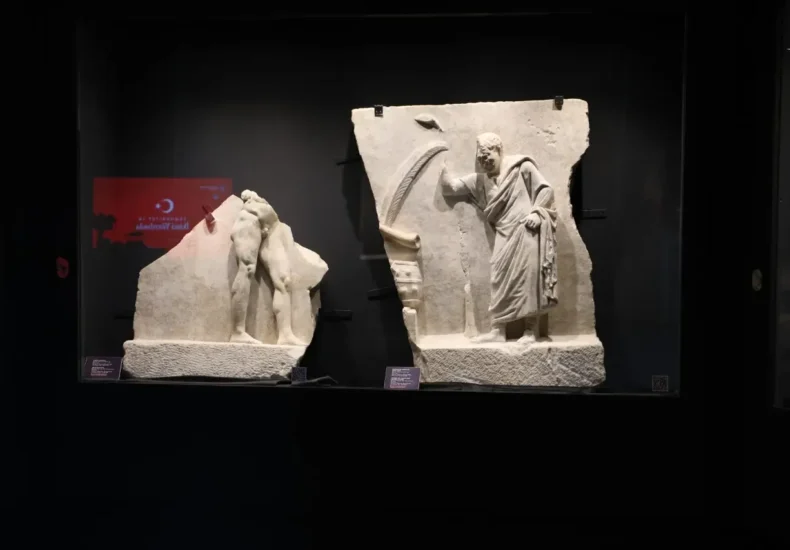
Silent Witnesses of Nicomedia: Çukurbağ Reliefs Exhibition Opens in Kocaeli
To mark International Museum Day on May 18 and in honor of the 102nd anniversary of the Republic of Türkiye, the “Silent Witnesses of Nicomedia” exhibition has opened at the Kocaeli Archaeology Museum. The exhibit offers a rare glimpse into the ancient city of Nicomedia, showcasing sculptural relics that reflect the grandeur of a Roman
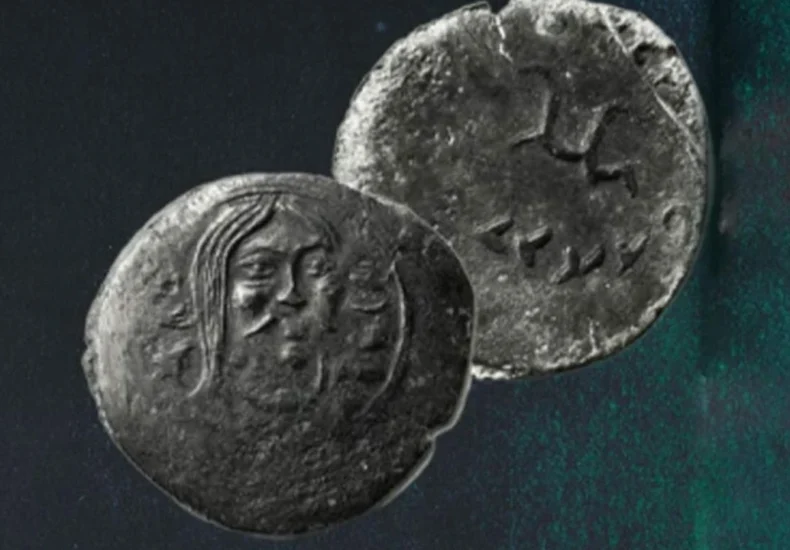
6th-Century “Türk-Kağan” Coin Could Be the Oldest Record of the Word “Türk”
An extraordinary archaeological find may rewrite the early history of the Turkic people. In Uzbekistan, researchers have uncovered a 6th-century bronze coin bearing the inscription “Türk-Kağan” — a discovery that could represent the earliest known written record of the word “Türk” in history. The coin is believed to date back to the Western Göktürk Khaganate
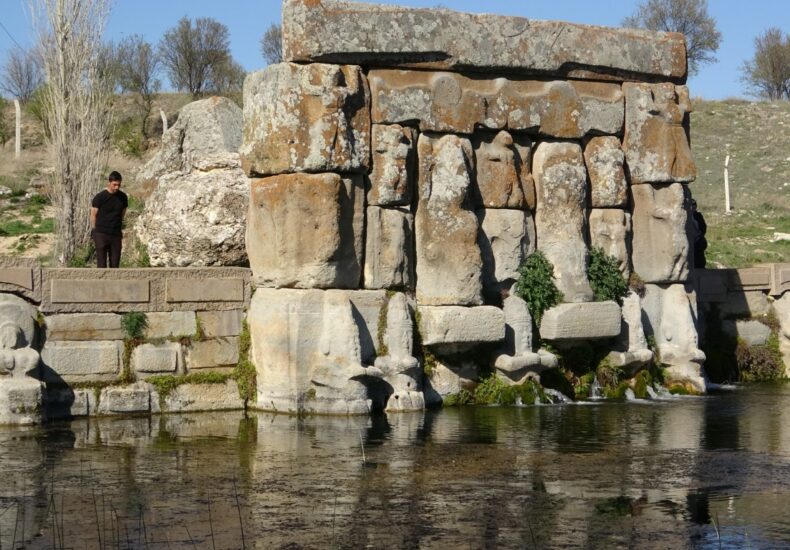
Eflatunpınar Hittite Water Monument: 3,275 Years of Heritage Written in Water
Located in Konya’s Beyşehir district, Eflatunpınar reflects the sacred meaning of water in Hittite civilization The Eflatunpınar Hittite Water Monument, located in the Beyşehir district of Konya, was built approximately 3,275 years ago by the Hittites for religious ceremonies and to exalt the water cult. Positioned beside a clean natural spring, the monument stands as
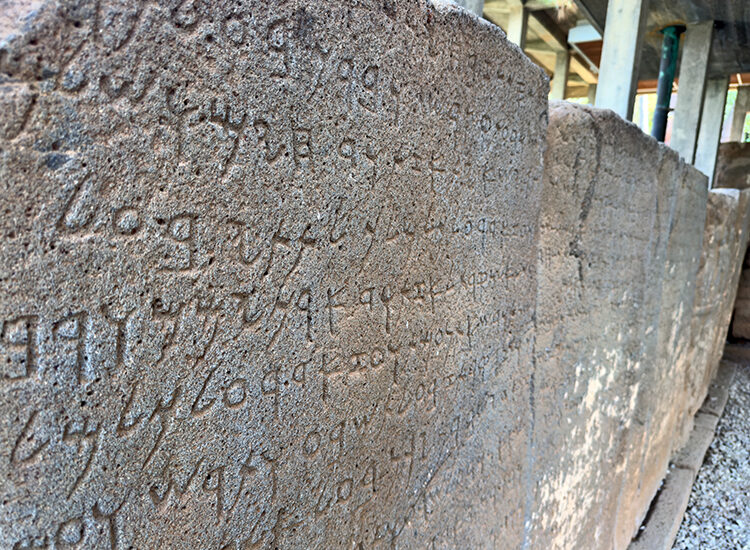
Karatepe Aslantaş Inscriptions Added to UNESCO Memory of the World Register
The Karatepe Aslantaş Open-Air Museum, recognized as Turkey’s first open-air museum, has achieved international recognition as its bilingual inscriptions in Anatolian Hieroglyphs and Phoenician were officially added to UNESCO’s Memory of the World International Register under the title Karatepe Inscriptions. Historic Step for Cultural Heritage The inclusion was announced following the latest session of the
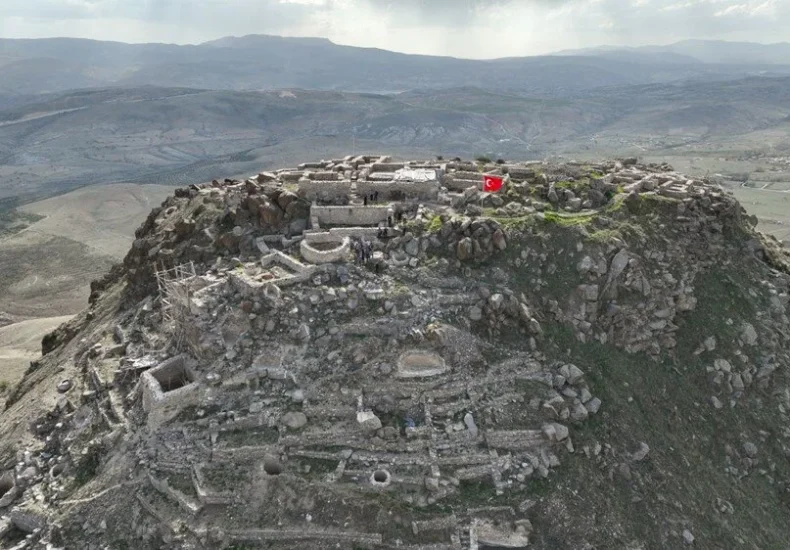
Gevale Castle on Takkeli Mountain to Open a 5,000-Year-Old Historical Window in Konya
Located at the summit of Takkeli Mountain in Konya’s central Selçuklu district, Gevale Castle, a site that bears the traces of multiple civilizations including the Hellenistic, Roman, Byzantine, Seljuk, Karamanid, and Ottoman empires, is undergoing extensive restoration work. Once completed, the site will offer visitors the chance to explore 5,000 years of Anatolian history while
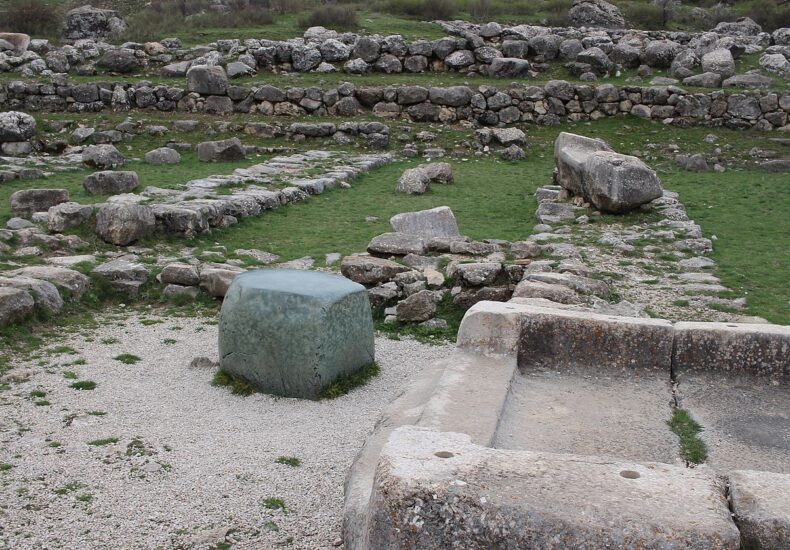
The Green Stone of Hattusa: An Ancient Enigma in the Heart of the Hittite Capital
In the archaeological heartland of Hattusa—the ancient capital of the Hittite Empire—stands a unique object that has defied clear interpretation for decades. Known simply as the Green Stone, this smooth, cube-shaped block is positioned inside the city’s Great Temple, a sacred site dating back to the second millennium BCE. Unlike the surrounding limestone structures, the
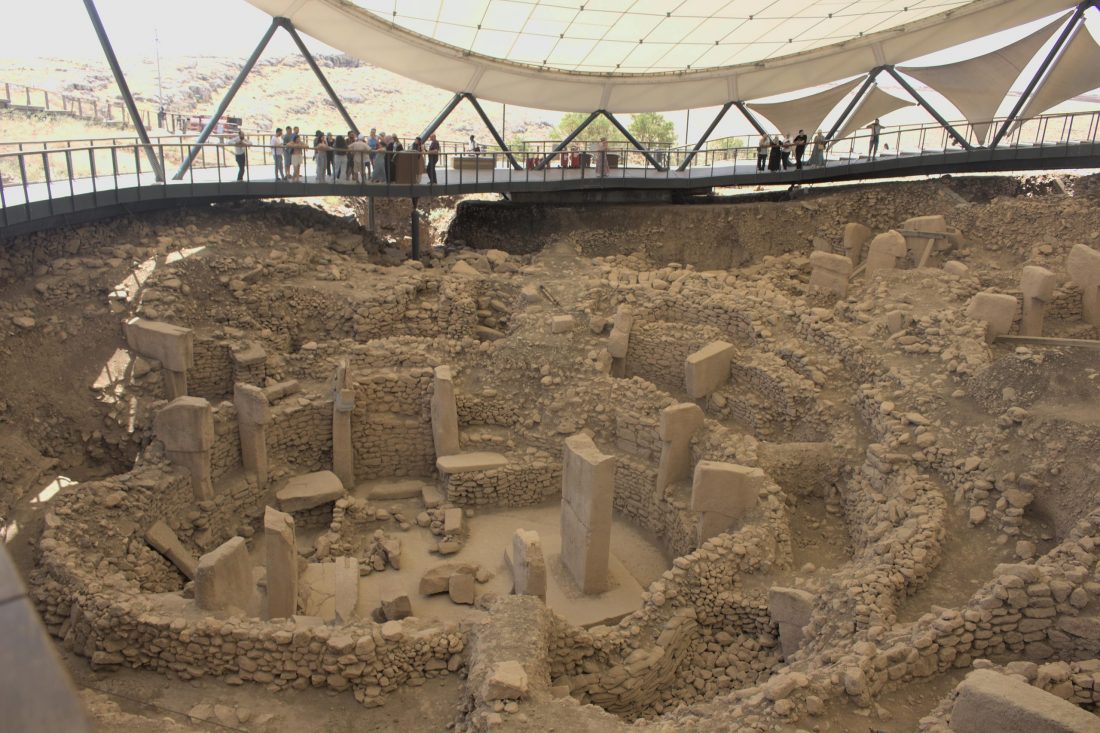
A Day in Göbekli Tepe: Eyes Awakening in 9600 BCE
As the first light of day brushed against the stones of the Fertile Crescent, it felt like the touch of a newborn’s skin. Shadows of towering stone circles stretched long across the earth. There were no cities, no writing, no pottery. But here, on the hill we now call Göbekli Tepe, something was happening. An
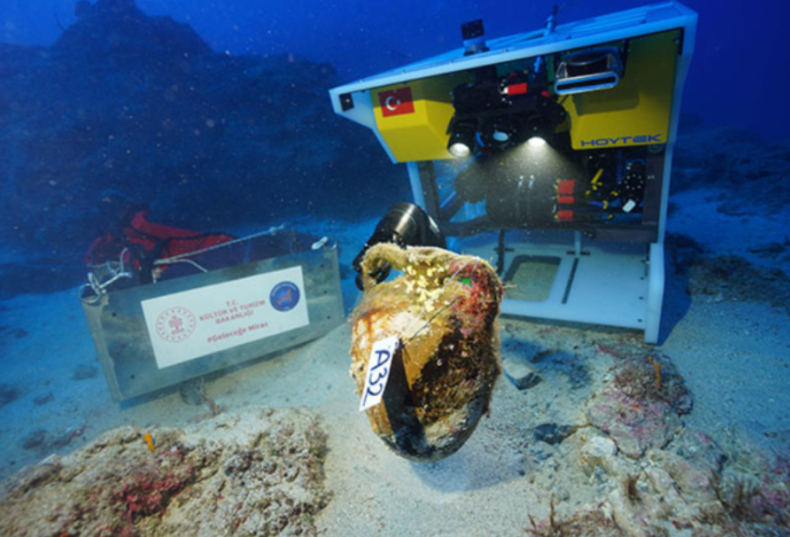
1100-Year-Old Mystery Unveiled: Rare Sealed Amphora Discovered on Turkish Shipwreck
Underwater excavations off the coast of Kaş, Antalya, in southwestern Türkiye, continue to yield fascinating insights into ancient Mediterranean seafaring and trade. A team led by Associate Professor Dr. Hakan Öniz from Akdeniz University has been exploring a shipwreck dating back 1,100 years to the Abbasid rule (9th-10th centuries). The discoveries highlight the crucial role
